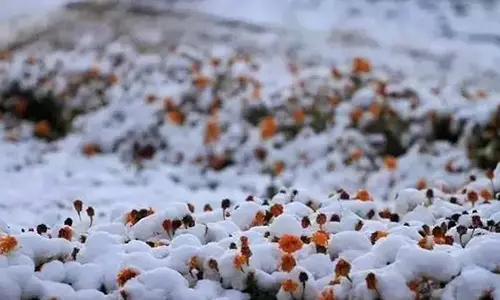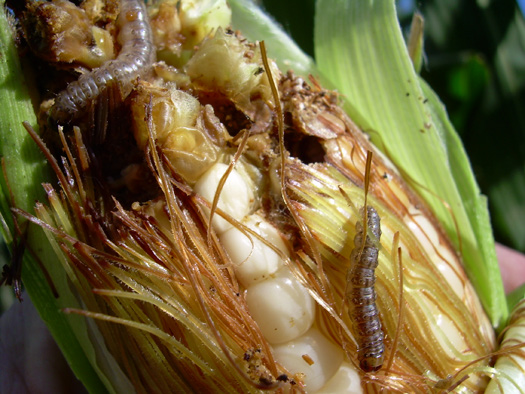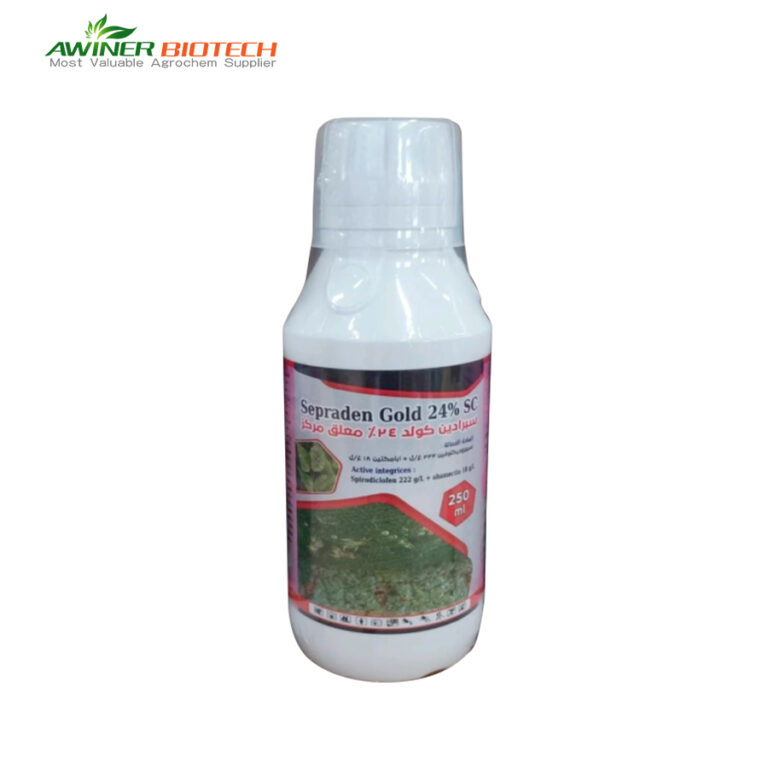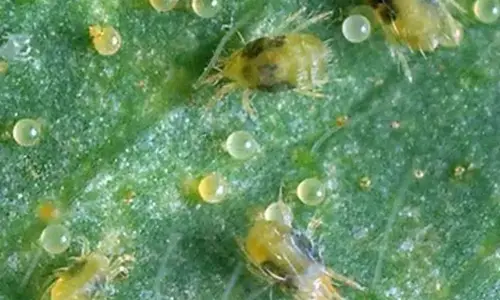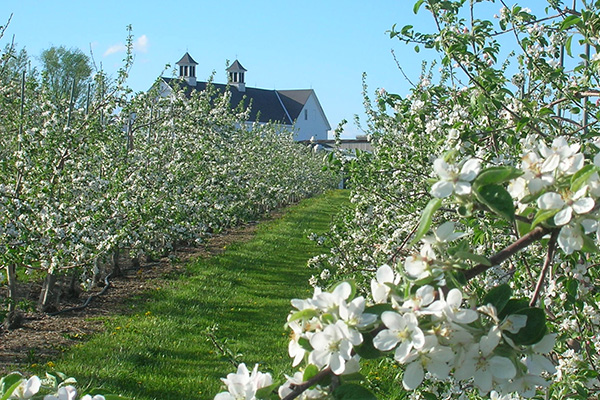Latin scientific name: Thrips tabaci Lindeman. Also known as thrips tabaci. It belongs to the thrips family (Thripidae) of the order Thysanoptera of the order Insecta. Yellow thrips (T. flams) is found in Europe, Asia and America, and flower thrips (Franklinielain-tonsa) is also harmful in the cotton area of the Yangtze River Basin.
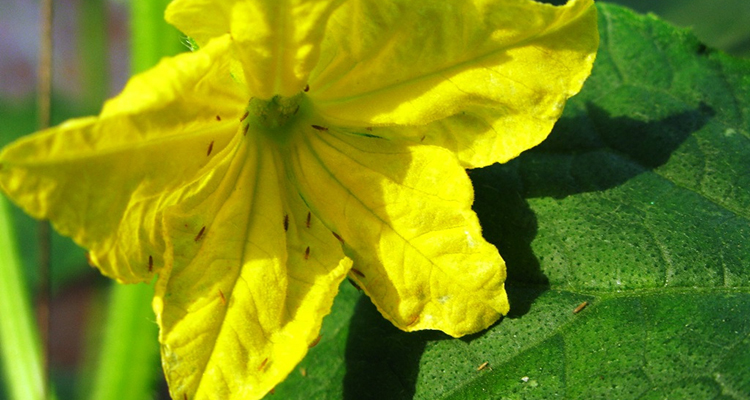
(1) Harm characteristics of thrips
Cotton thrips looks like a nymph, with tentacles draped over the head and wing buds are obvious. The adult nymphs damage cotton growth points, cotyledons and true leaves, causing the growth points to die.
(2) Biological characteristics
Thrips Shape features:
Adults are 1.1mm long and light brown. The antennae have 7 segments, the terminal segment is very small, the compound eyes are purplish red, and the tassels on the rear edge of the front and rear wings are slender and light in color. Eggs are 0.3mm long, yellow-green, kidney-shaped. In addition to cotton, the host plants also damage tobacco, green onions, onions, garlic, leeks, melons, potatoes, cabbage, beets, etc. Harm cotton growth points, cotyledons and true leaves with adults and nymphs, causing the growth points to die. Or make the leaves brittle, thicken, roll to the front, and silvery white spots appear on the back of the leaves, which will affect the development of cotton plants and make them less bolls. It can also harm buds, flowers, and cause shedding.
Time to damage crops:
The first instar nymphs mostly do damage on the back of leaves. After 2 years old, they burrow into the soil and molt to pupate. Overwinter as adults and nymphs in the leaf sheaths of onions and garlic, in soil clods, soil crevices and litter, and in a few areas as pupae in the soil surface. In the spring of the following year, it first reproduces on the overwintering host, and the cotton seedlings fly into the cotton field after unearthed to cause damage. Generally, droughts occur more frequently in May and June, and continuous rain or heavy rain can inhibit its occurrence. Cotton fields close to overwintering and early spring hosts have more occurrences. For local severe occurrence plots, organophosphorus pesticides can be used for early control.
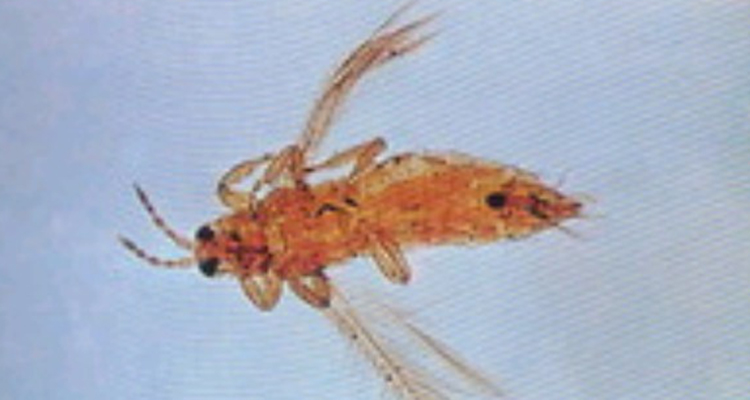
(3) Agricultural control
In early spring, weeds and dead branches and leaves should be removed from the field, and they should be burned or buried deeply to eliminate overwintering adults and nymphs. Strengthen fertilizer and water management to promote robust plant growth and reduce damage.
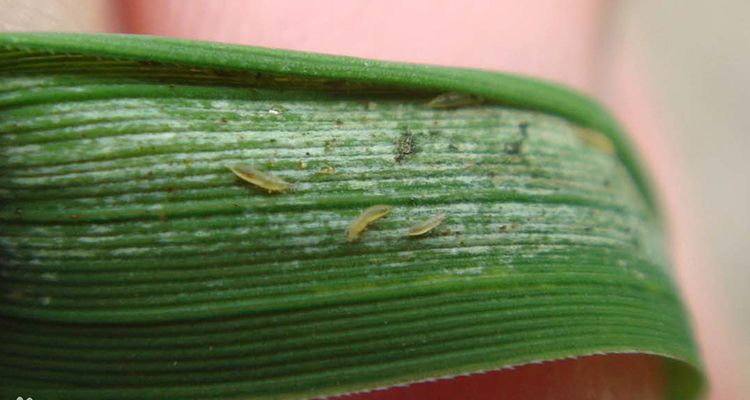
(4) Physical control
Taking advantage of the blue habit of thrips, set up blue sticky boards in the field to trap and kill adults, and the height of the sticky boards is equal to that of crops.
The nymphs and adults sit and suck the juice of the flowers, and produce off-white dot-like food scars and oviposition scars on the corolla. When the occurrence is severe, the petals can be caused to shrink.
The control methods in China include fumigation and spraying with 80% dichlorvos EC or 2.5% amethrin EC.

